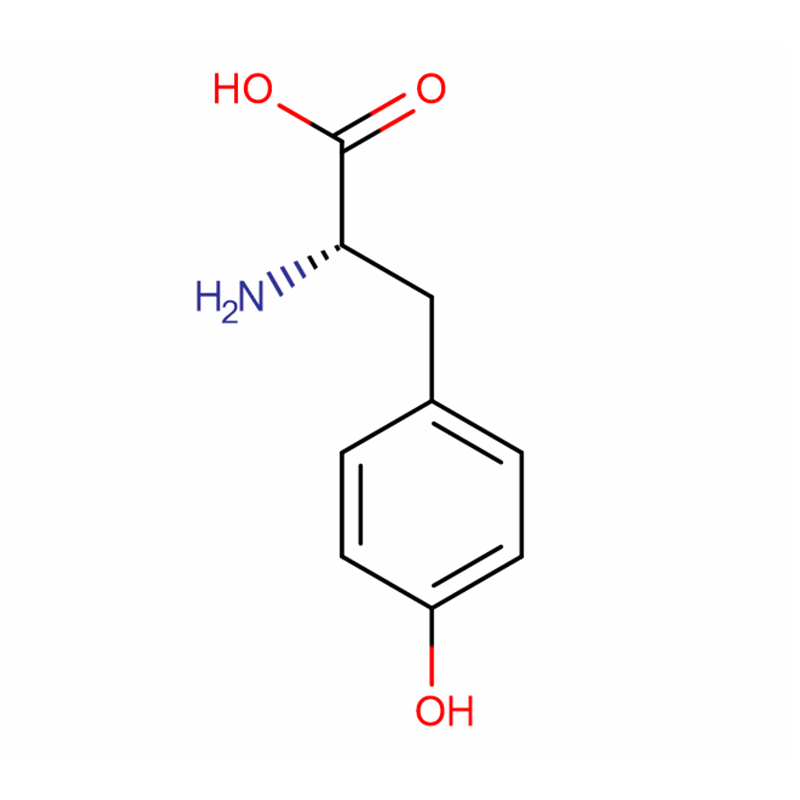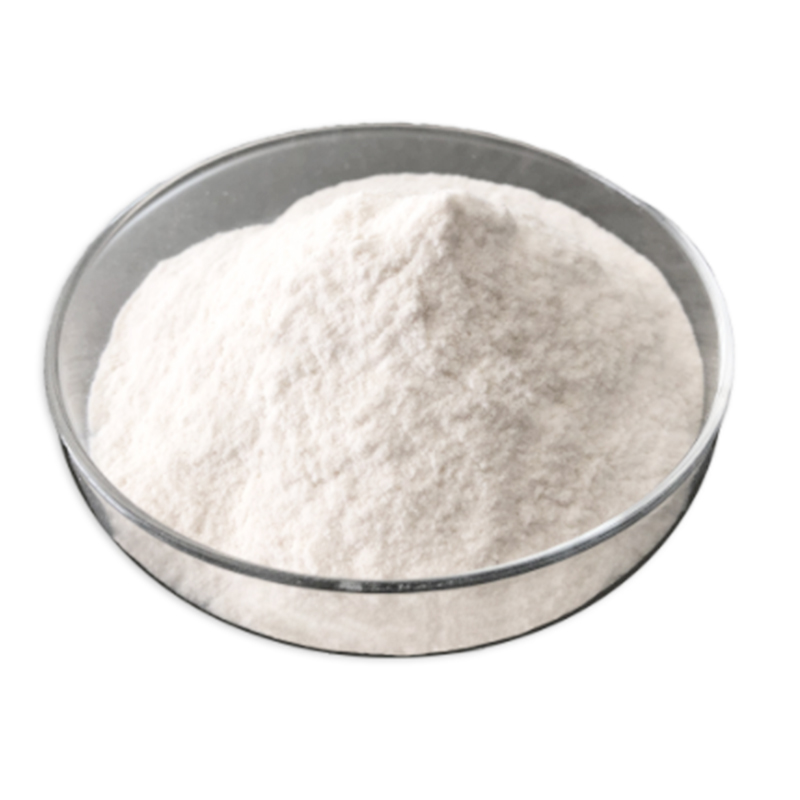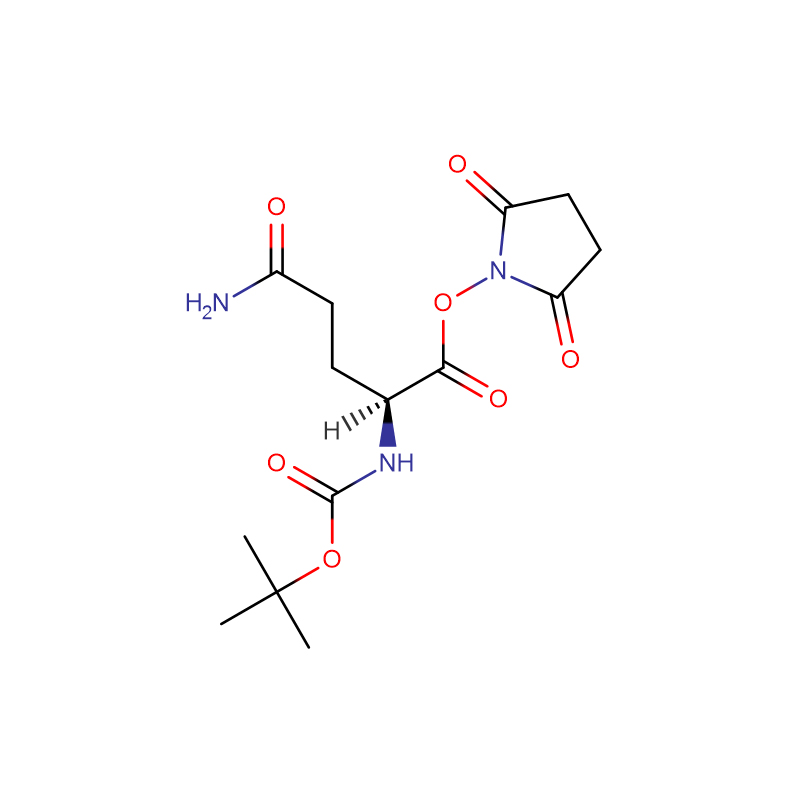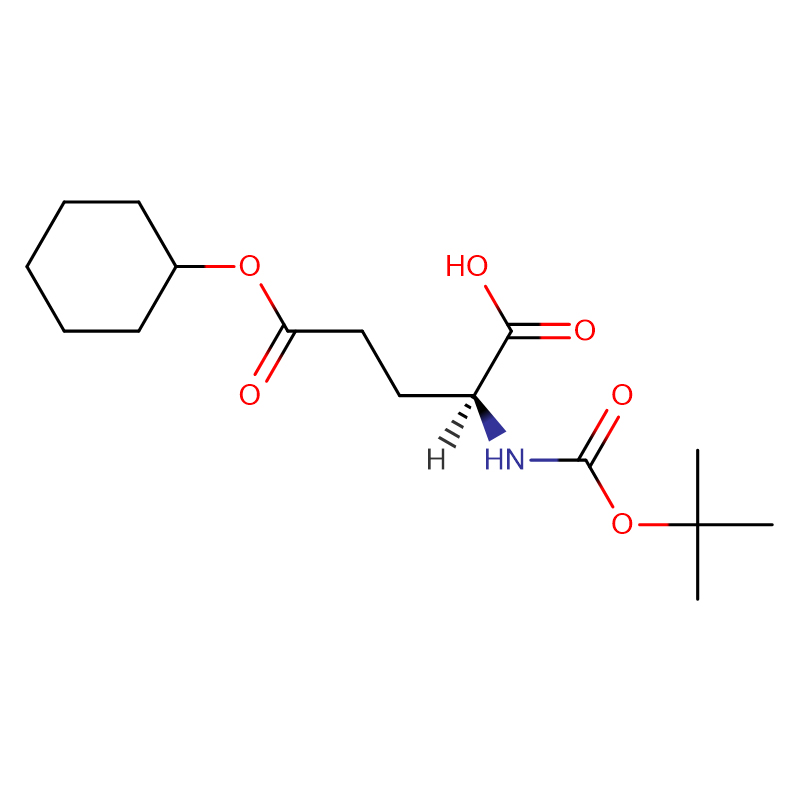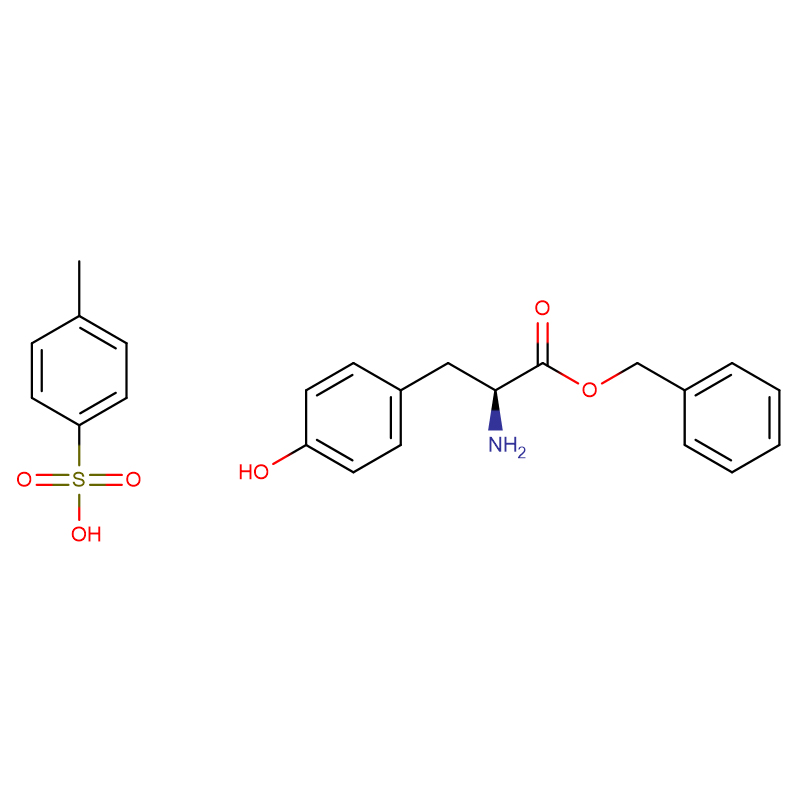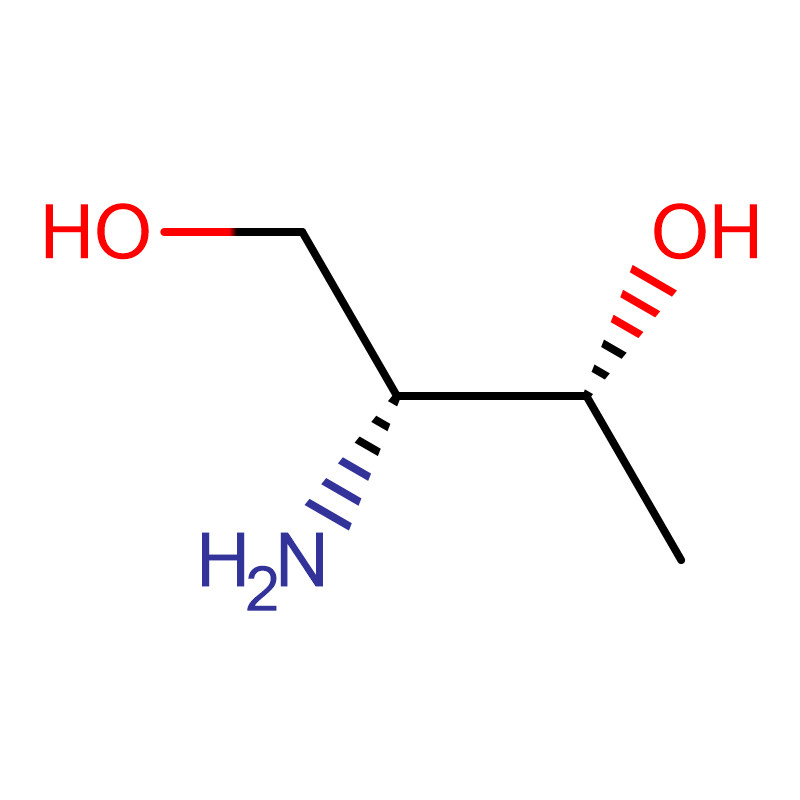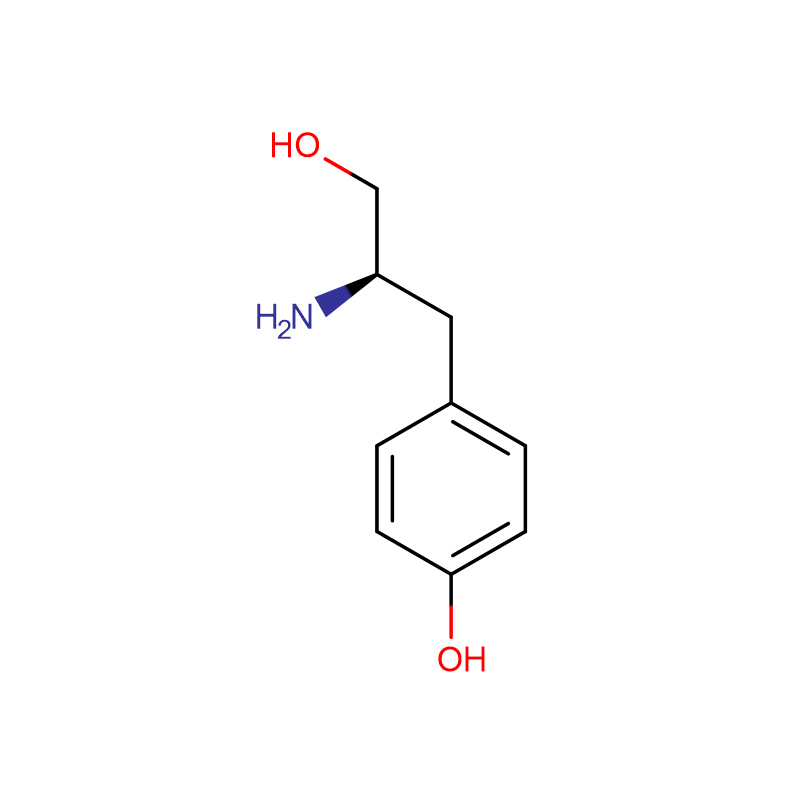L-Tyrosine Cas: 60-18-4 99% White crystals or crystalline powder
| Catalog Number | XD90298 |
| Product Name | L-Tyrosine |
|
CAS |
60-18-4 |
|
Molecular Formula |
C9H11NO3 |
|
Molecular Weight |
181.18854 |
| Storage Details | Room temperature |
|
Harmonized Tariff Code |
29225000 |
Product Specification
| Specific rotation | 9.8~11.2 Deg C |
| Total impurity | 0.5% max |
| Conclusion | Up to USP 30 grade |
| Loss on Drying | 0.3% max |
| Sulfate | 0.04% max |
| Assay | 99% min |
| Iron | 30 ppm max |
| Residue on Ignition | 0.4% max |
| Individual impurity | 0.5% max |
| Chloride | 0.04% max |
| Appearance | White crystals or crystalline powder |
| Heavy Metal | 15 ppm max |
| Denfication | Infrared absorption |
| Chromotograhic Purity | Conforms |
A yellow-pigmented bacterium, designated strain GZGR-4(T), was isolated from the root of Hylomecon japonica (Thunb.) Prantl et Kündig collected from Taibai Mountain in Shaanxi Province, north-west China. Cells of strain GZGR-4(T) were Gram-negative, rod-shaped, strictly aerobic, non-endospore-forming and non-motile. Phylogenetic analyses based on 16S rRNA gene sequences showed that strain GZGR-4(T) is a member of the genus Sphingobium, exhibiting the highest sequence similarity to Sphingobium aromaticiconvertens DSM 12677(T) (97.3 %). 16S rRNA gene sequence similarities between strain GZGR-4(T) and the type strains of other Sphingobium species with validly published names ranged from 93.4-96.5 %. The predominant respiratory quinone of strain GZGR-4(T) was ubiquinone-10 (Q-10) and the major cellular fatty acids were summed feature 8 (comprising C18:1 ω7c and/or C18:1 ω6c), summed feature 3 (comprising C16:1 ω7c and/or C16:1 ω6c), C16:0 and C14:0 2-OH. Spermidine was the major polyamine. The polar lipid profile consisted of phosphatidylglycerol, diphosphatidylglycerol, phosphatidylethanolamine, phosphatidylcholine, sphingoglycolipid, one unidentified phosphoglycolipid, one unidentified phospholipid, one unidentified aminolipid and one unidentified lipid. The DNA G+C content was 63.6 mol%. DNA-DNA relatedness for strain GZGR-4(T) with respect to its closest phylogenetic relative S. aromaticiconvertens DSM 12677(T) was 22.6 ± 5.3 %. On the basis of the polyphasic taxonomic data presented, strain GZGR-4(T) is considered to represent a novel species of the genus Sphingobium, for which the name Sphingobium endophyticus sp. nov. is proposed. The type strain is GZGR-4(T) (=CCTCC AB 2013305(T) = KCTC 32447(T)).


